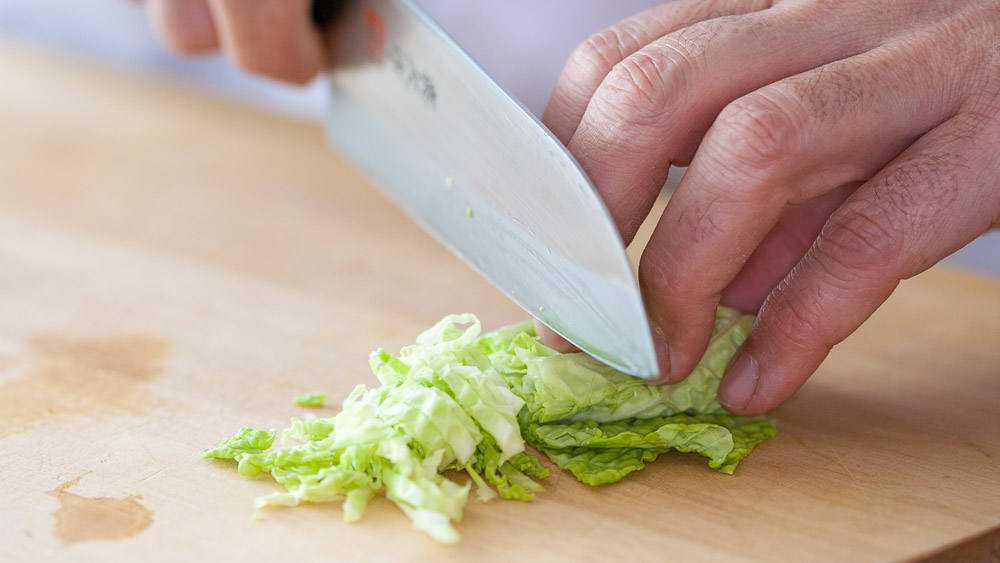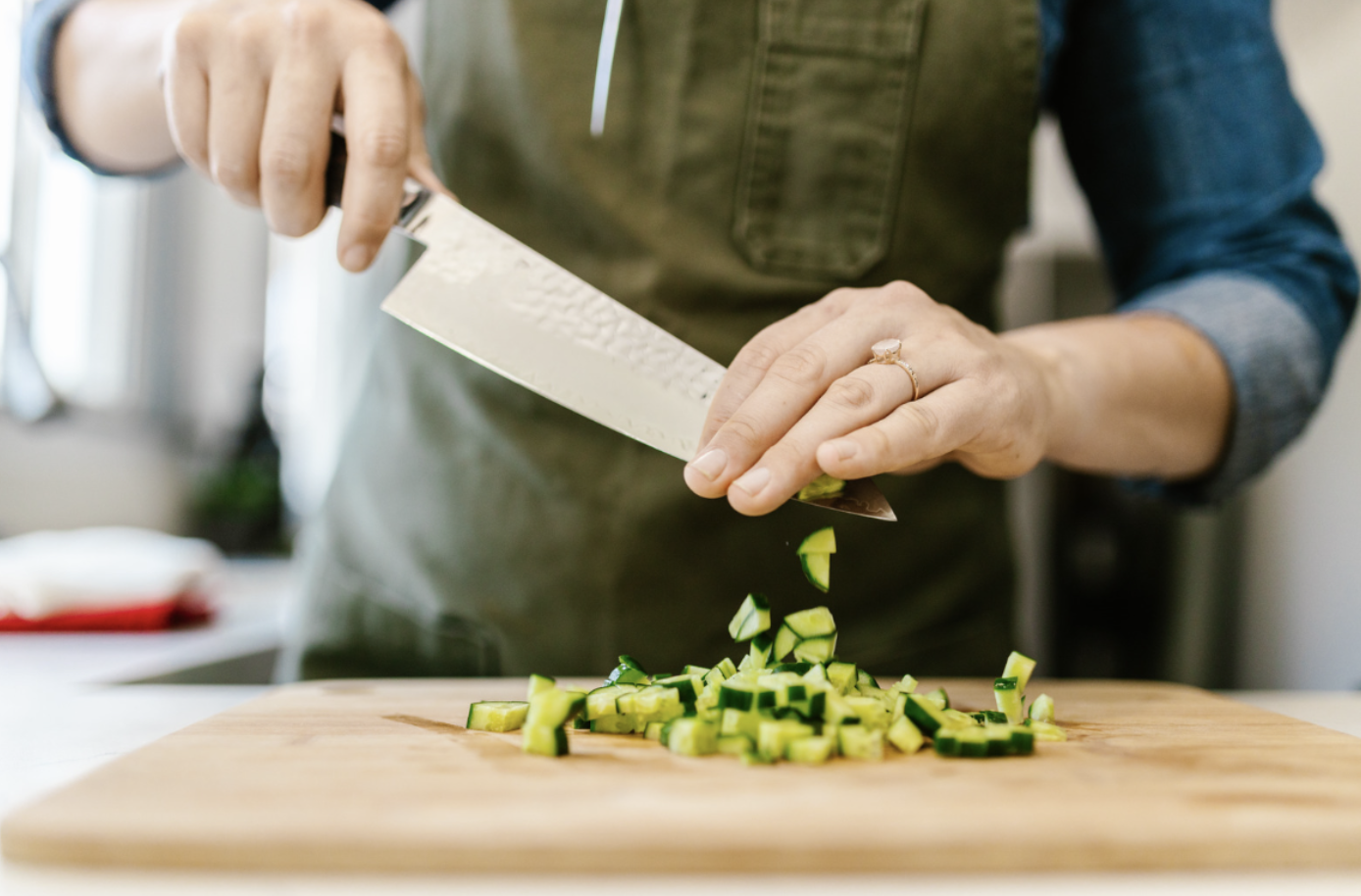What Is a Fillet Knife Used For? The Essential BBQ Tool
Written By James Morgan
Barbecue enthusiasts know that having the right tools can make all the difference when grilling. One tool that stands out is the fillet knife. But what is a fillet knife used for?

Introduction to Fillet Knives
A fillet knife is a specialized kitchen knife designed for filleting fish. It is characterized by its long, thin, and flexible blade. This design allows it to easily separate flesh from bones, making it indispensable for fish preparation.
The primary keyword, 'what is a fillet knife used for', fits naturally into this context. For BBQ enthusiasts, understanding the uses of a fillet knife can elevate their grilling game.

Features of a Fillet Knife
Blade Flexibility
The flexibility of the blade is crucial. It allows the knife to glide smoothly along the fish's bones, ensuring a clean cut without damaging the delicate flesh.
Blade Length
Fillet knives typically range from 6 to 11 inches. The choice of length depends on the size of the fish being filleted. For BBQ enthusiasts, a 7-9 inch blade is versatile enough for most grilling needs.
How to sharpen a bread knifeLongevity of a fillet knife

Using a Fillet Knife for BBQ
Preparing Fish
A fillet knife is perfect for preparing fish for the grill. The flexible blade allows for precise cuts, ensuring that the fish cooks evenly on the grill.
Trimming Meat
Beyond fish, a fillet knife is excellent for trimming fat and removing silverskin from various meats. This ensures that your BBQ meats are tender and flavorful.
Butterflying Chicken
Butterflying chicken is a popular BBQ technique that allows for even cooking. A fillet knife's sharp, flexible blade makes this task effortless.

Expert Tips for Using a Fillet Knife
Maintaining Sharpness
Keeping your fillet knife sharp is essential for optimal performance. Regularly honing the blade and occasionally sharpening it ensures clean cuts every time.
Bread sling knifeComparison with a fillet knife
Proper Grip
Holding the knife correctly enhances control and precision. A proper grip keeps your fingers safe and ensures a smooth filleting process.
Cleaning and Storage
Always clean your fillet knife thoroughly after use. Storing it in a knife block or on a magnetic strip keeps the blade in top condition.
Choosing the Right Fillet Knife
Blade Material
Fillet knife blades are typically made from stainless steel or high-carbon steel. Stainless steel is resistant to rust, while high-carbon steel retains sharpness longer.
Handle Comfort
A comfortable handle is crucial for prolonged use. Look for a non-slip grip to ensure safety and comfort while filleting.
Price vs. Quality
Investing in a high-quality fillet knife can make a significant difference. While more expensive, premium knives offer better performance and longevity.
fruit-cutting guideVarious uses of a fillet knife
Frequently Asked Questions
How do I keep my fillet knife sharp?
Regular honing and occasional sharpening are key to maintaining a sharp fillet knife. Using a sharpening stone or a knife sharpener can help.
Can I use a fillet knife for other tasks?
Yes, a fillet knife is versatile and can be used for trimming meat, butterflying chicken, and even preparing vegetables.
What's the difference between a fillet knife and a boning knife?
While both are used for similar tasks, a fillet knife is more flexible, making it ideal for fish. A boning knife is stiffer, better suited for tougher meats.
As an Amazon Associate, I earn from qualifying purchases.



